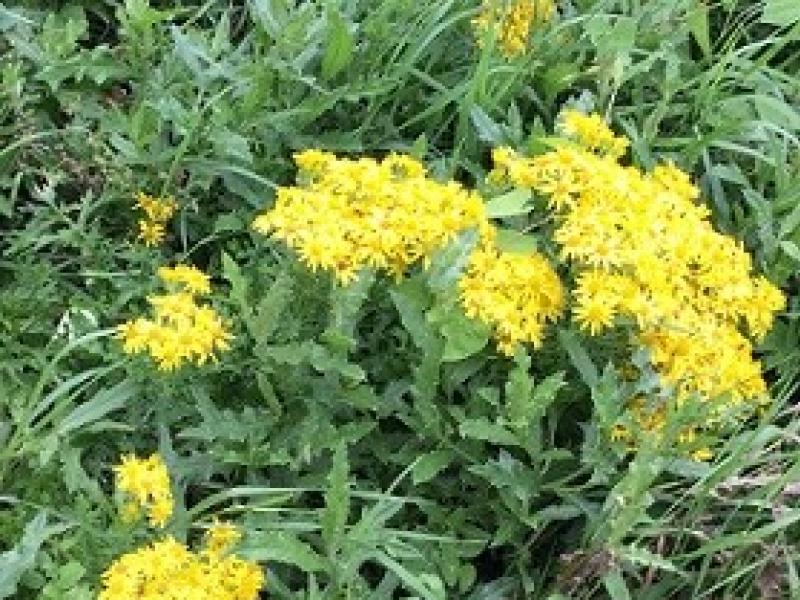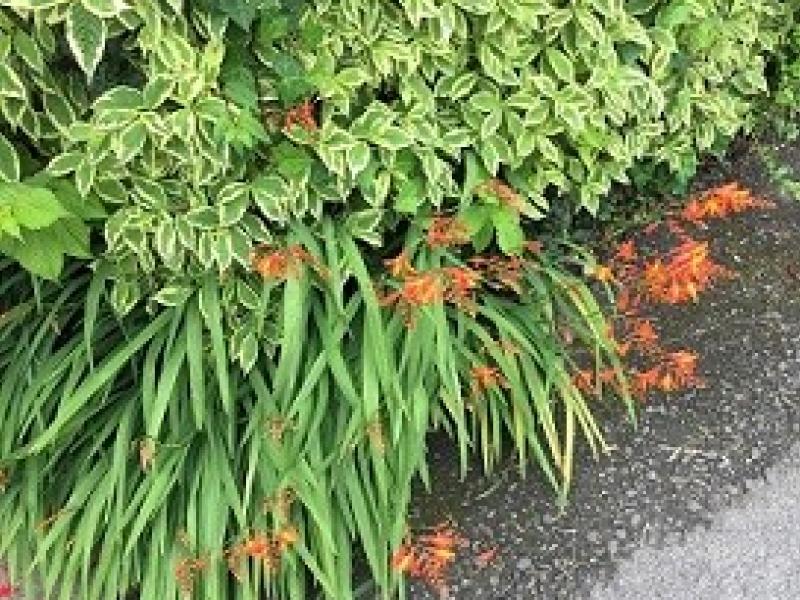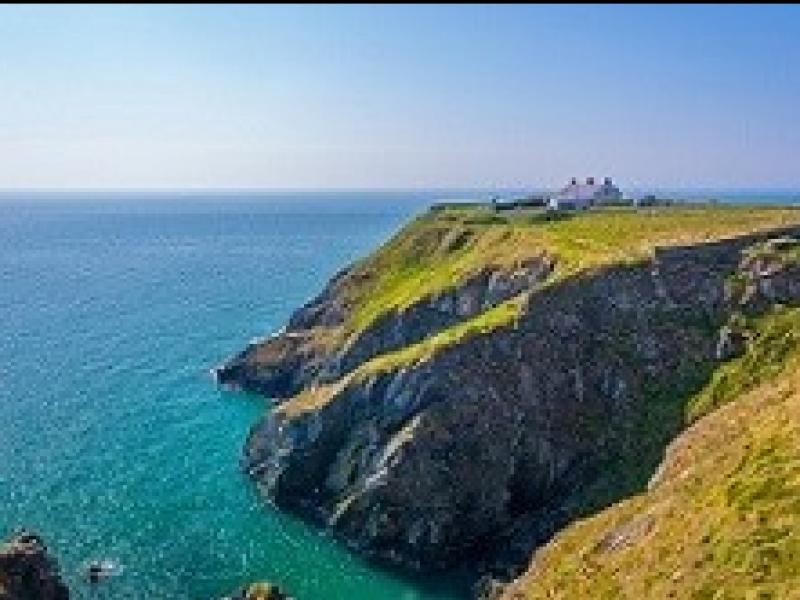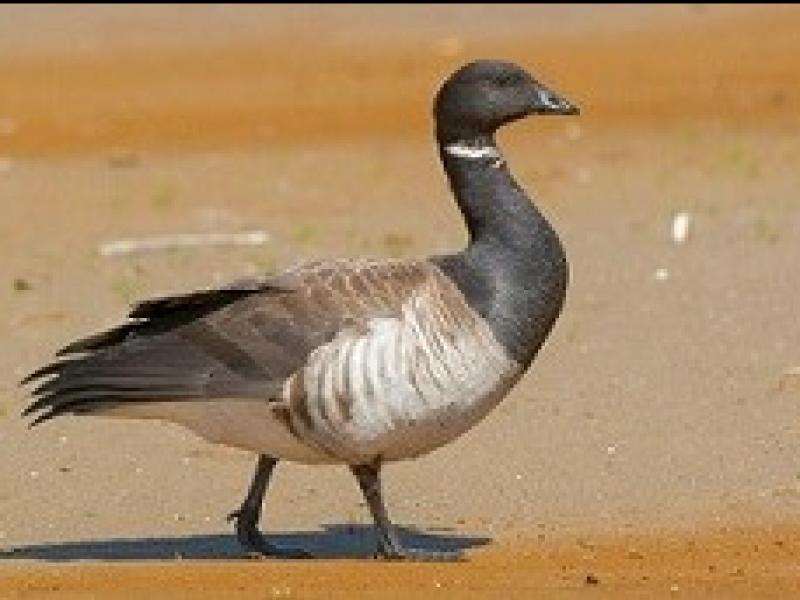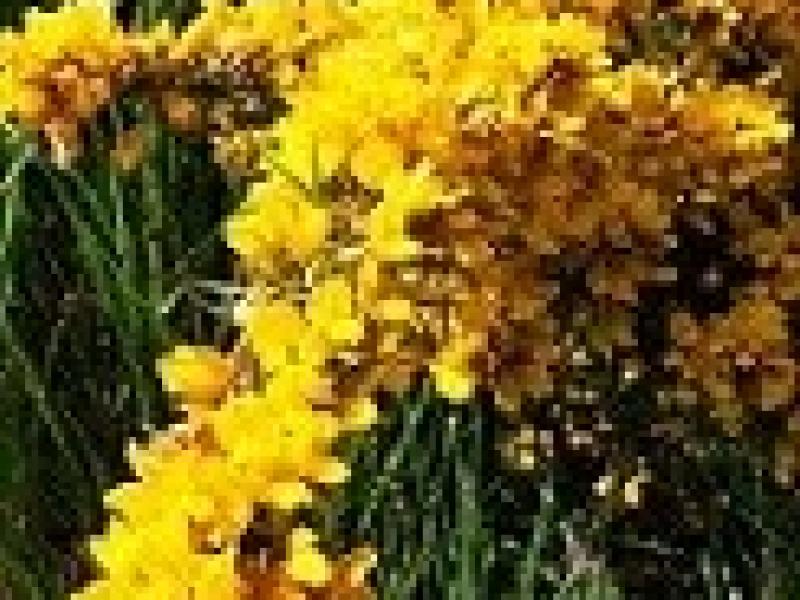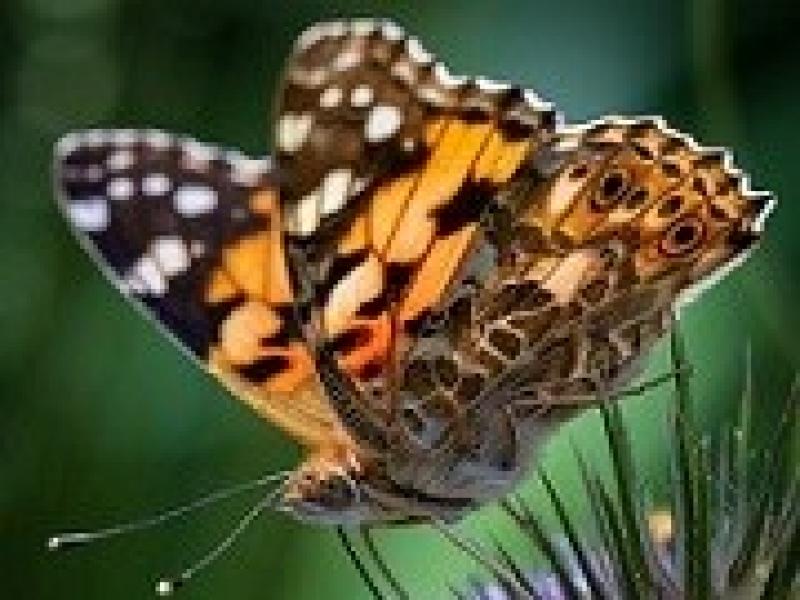Connecting with our Natural Heritage - A Heritage Week Library Blog
Ahead of National Heritage Week 2020, which is taking place from August 15-23, Sharon from Garristown Library writes about some features of Ireland’s and Fingal’s wonderful natural heritage.
National Heritage Week 2020 focuses on the theme of ‘Heritage and Education: Learning from our Heritage’. Unlike, previous years when communities hosted heritage events, this year individuals and communities around Ireland have organised projects relating to the above theme. The Heritage Council of Ireland has encouraged organisers “to consider how exploring and engaging with aspects of our natural, built or cultural heritage can be a source of learning, and how it can give fascinating insights into our past, tell us about the present, and provide us with fresh ideas for the future.”
Some of these projects concentrated on aspects of our country’s natural heritage; our waterways, woodlands, landscapes, bogs, uplands, native wildlife, insects, plants, trees, birds and animals. There are many spectacular areas of natural heritage in Ireland, from the world heritage site of Skellig Michael in Kerry to the Donegal coast, from the Burren in Clare to Pollardstown Fen in Kildare. Skellig Michael is famous for being a Christian monastic settlement but it is also one of Ireland’s most important sites for breeding sea birds such as the Atlantic puffin for several hundred years. The Burren is renowned for its limestone pavements and beautiful vast array of flora including arctic and alpine flowers.
In the Fingal region, Rogerstown Estuary at Donabate, and Howth Head are areas rich in natural heritage and biodiversity. Rogerstown is a tidal estuary situated just north of the Donabate-Portrane peninsula and divided by a causeway and bridge built in the 1840s. It boasts a wealth of wildfowl, wading birds and plants. It is designated as a Special Protection Area for birds by the National Parks and Wildlife Service, and Birdwatch Ireland own two plots of land on either side of the estuary which are managed as a nature reserve.
Wildfowl such as Brent Goose, Greylag and Widgeon and common warblers like the Willow Warbler and Chiffchaff can be seen there during the year. The Howth Head peninsula is an area of wild natural beauty that supports an array of wildflowers, gorse and other heathland vegetation. Blazing yellow gorse and vibrant purple heathers contrast with the grasses while navelwort and the delicate pink shades of the wood sage occupy more open, rocky areas of the headland. Howth Head is also a significant breeding ground for sea birds.
However, we don’t have to visit places like these to engage with natural heritage in Ireland. Gardens, hedgerows and farmlands contain habitats with a variety of plant and animal life. Up to 2000 species of insects alone can be found in your garden. They include Bumblebees, Hover flies and Butterflies while birds such as Robins, Sparrows, Wrens, Thrushes and Magpies are a common sight. Blackbirds and Thrushes are good to have around in your garden as they eat your garden plant-eating slug and snails.
Hedgerows along roadsides and on farmlands are important ecosystems for plants and animals and commonly support many native and non-native Irish trees and shrubs. Old hedgerow trees often provide nesting and roosting space for birds such as tits and tree treepers, while the base of the hedgerow contain invertebrates and the birds and mammals that feed on them, such as wrens and hedgehogs. Hedgerows also represent an important part of Ireland’s natural heritage as many of them would have been planted from the 18th century onwards, following the enactment of legislation requiring landowners to enclose their land. They are generally man-made structures planted to provide stock-proof barriers and field boundaries.
Exploring Ireland’s natural heritage can be a very fulfilling experience. We can become more aware of the range of biodiversity in our landscapes and seascapes while also forge new connections with the natural world. Likewise, we can become conscious of the threats to it from habitat loss and invasive species, and what we can do as individuals and as communities to protect it.
Sharon, Garristown Library
For more on Heritage Week 2020, visit: https://www.heritageweek.ie/
Picture 1: Ragwort (Garristown); Picture 2: Montbretia (Garristown); Picture 3: Howth Head; Picture 4: Brent Goose; Picture 5: Yellow Gorse; Picture 6: Painted Lady.
